Innovation
How Formula 1 teams determine the fastest race strategy
by Gemma Hatton
7min read
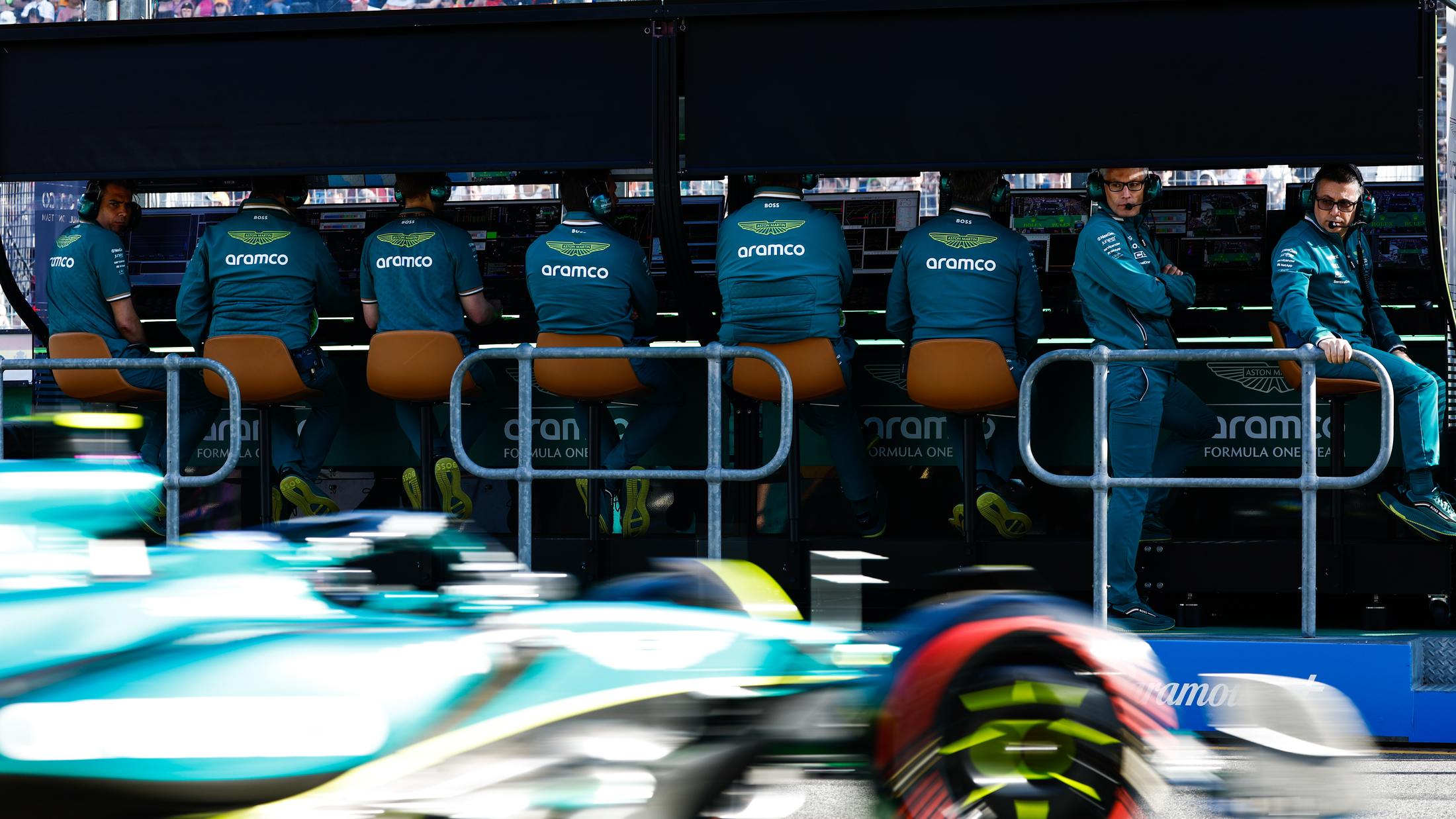
Formula 1 teams run billions of strategy simulations every race weekend to help decipher the fastest way to the finish line. This arms strategists with the intel they need to make those all-important, split-second decisions that can be the difference between winning and losing.
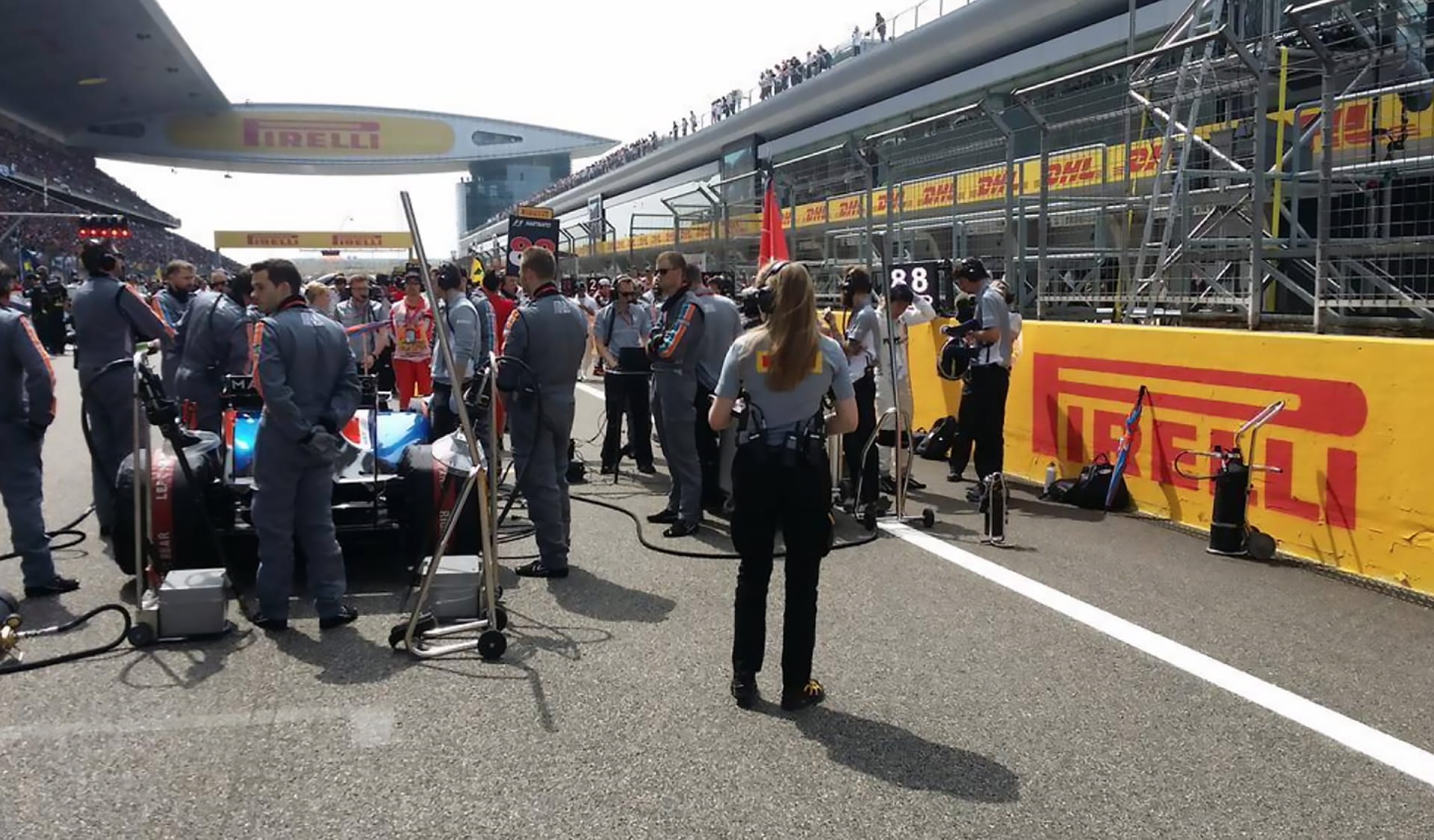
Career
Formula 1 careers: How I made it to F1 – and what it’s like working in motorsport
The role of a race strategist
.jpg?cx=0.5&cy=0.5)
Tyre stints and strategies from the 2024 Austrian Grand Prix
Simulating strategy
Tyre models
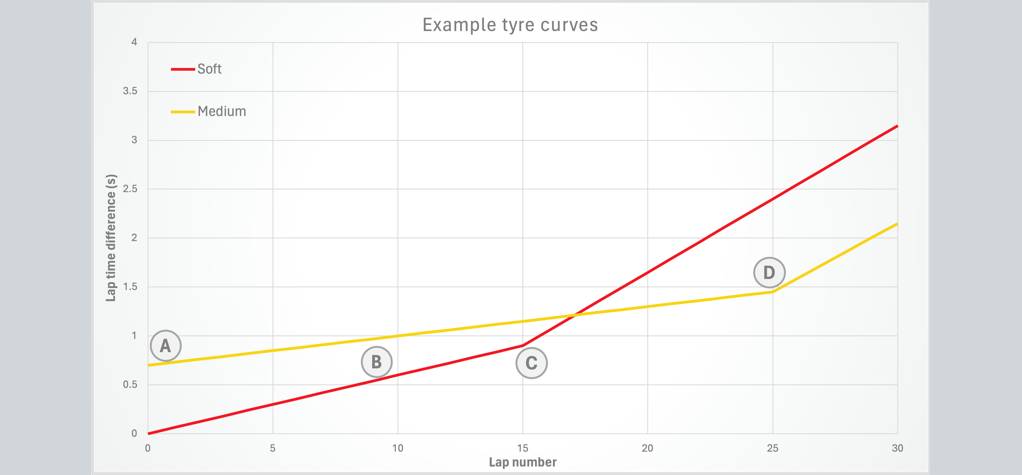
Example linear tyre degradation curves based on hypothetical data
Free air optimisation
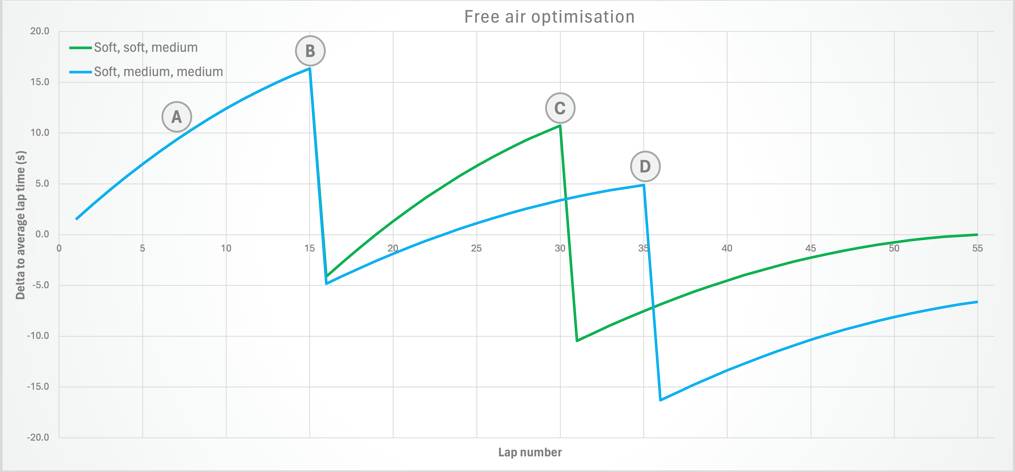
Example free air optimisation based on hypothetical data
The Monte Carlo method
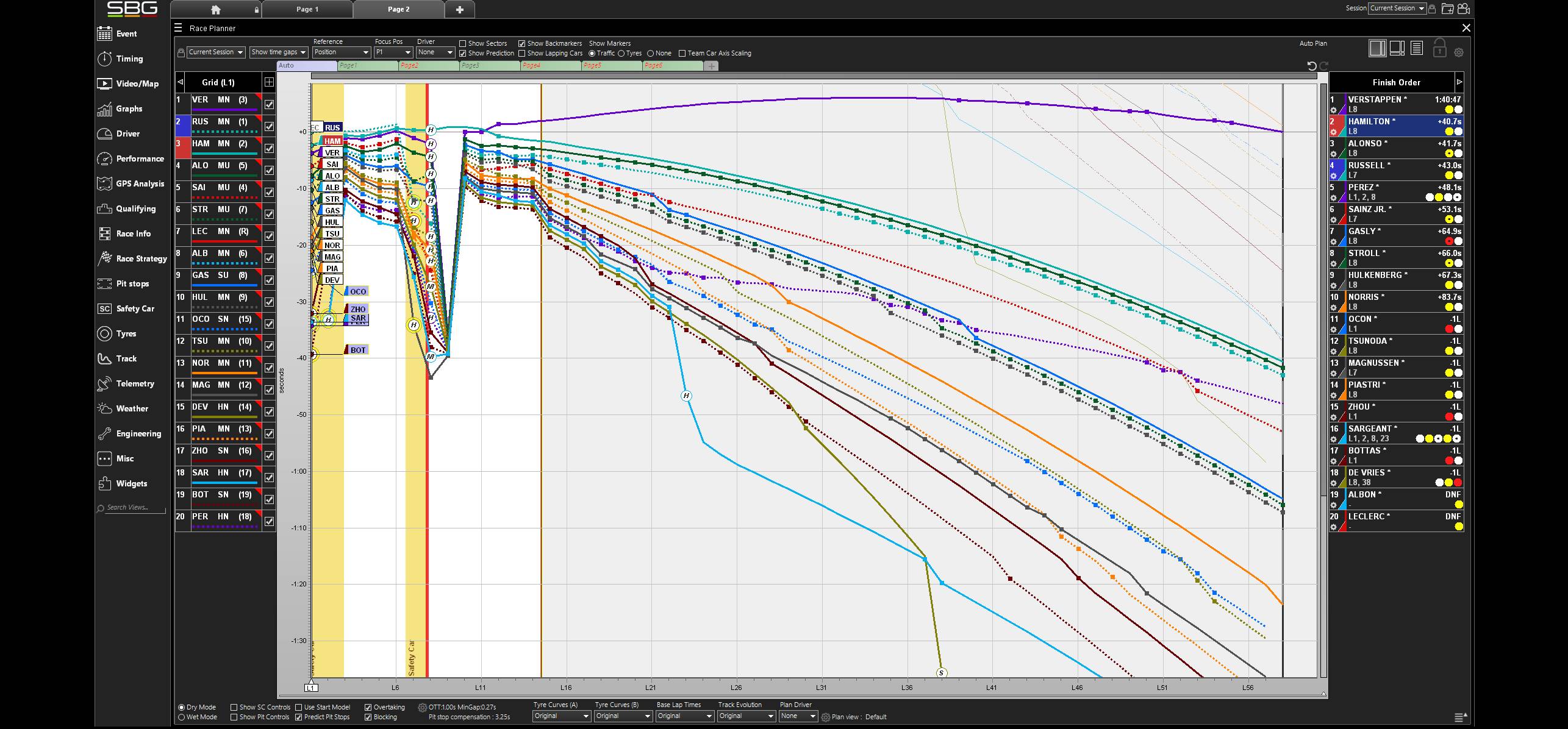
The race planner view in RaceWatch. Left of the vertical line at lap 14 are the actual positions of the drivers, while on the right are the predicted outcomes. Image courtesy of Catapult.
A simulation is only as accurate as its models and will always differ from reality. Furthermore, they only give the probabilities of particular outcomes; not definitive results.
That’s why strategy simulations only form part of the decision-making process. The rest relies on the intuition and experience of the strategy department – and of course, how the drivers and pitcrew execute the strategy.
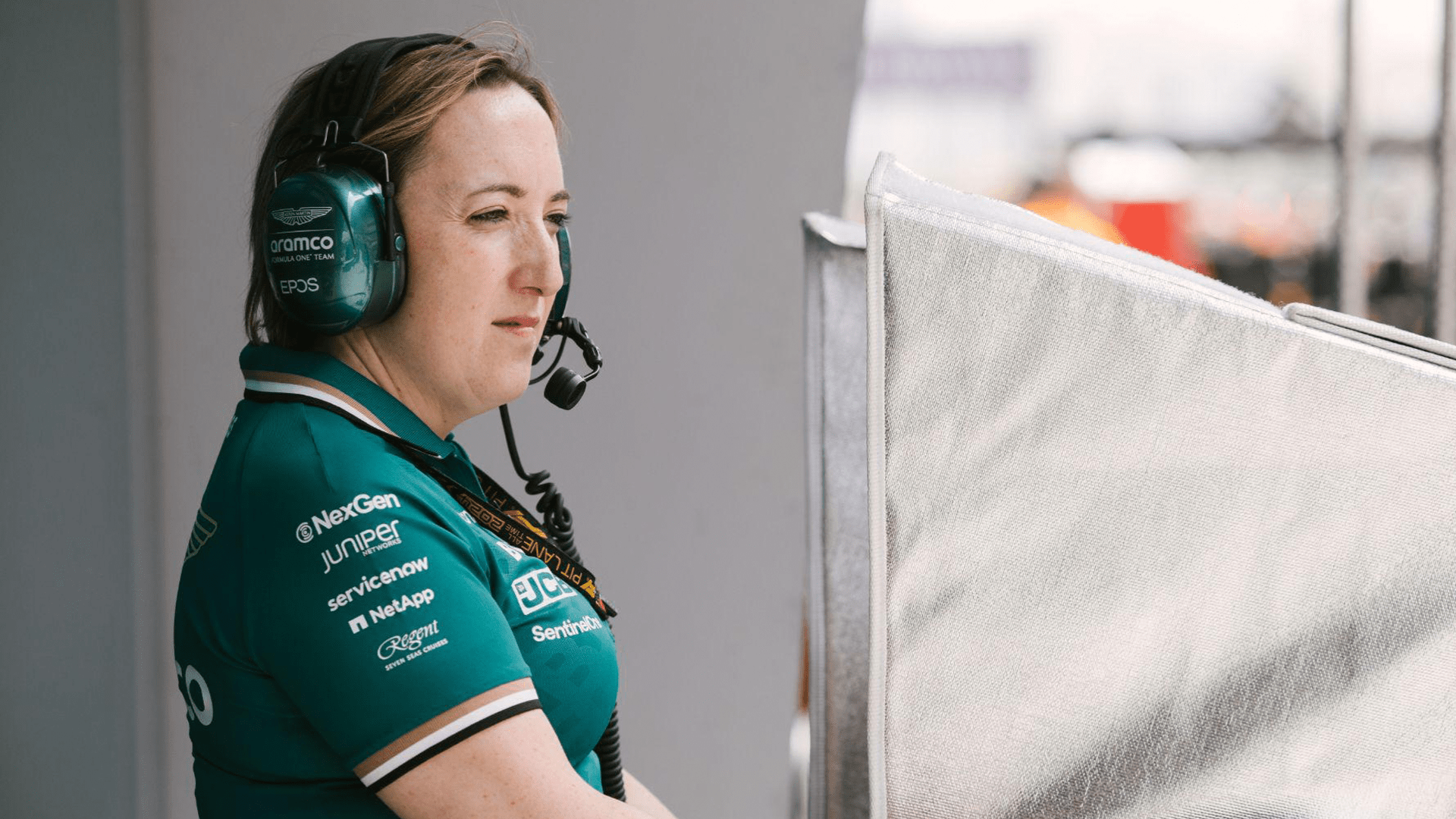
/xpb_1300472_hires-(1).jpg?cx=0.52&cy=0.57)
/image-(2).jpg?cx=0.5&cy=0.5)
/xpb_1303968_hires/xpb_1309279_hires-(1)/xpb_1312121_hires/xpb_1317176_hires-(1)/xpb_1319965_hires-(1)/xpb1325482hires-1-1.jpg?cx=0.52&cy=0.64)